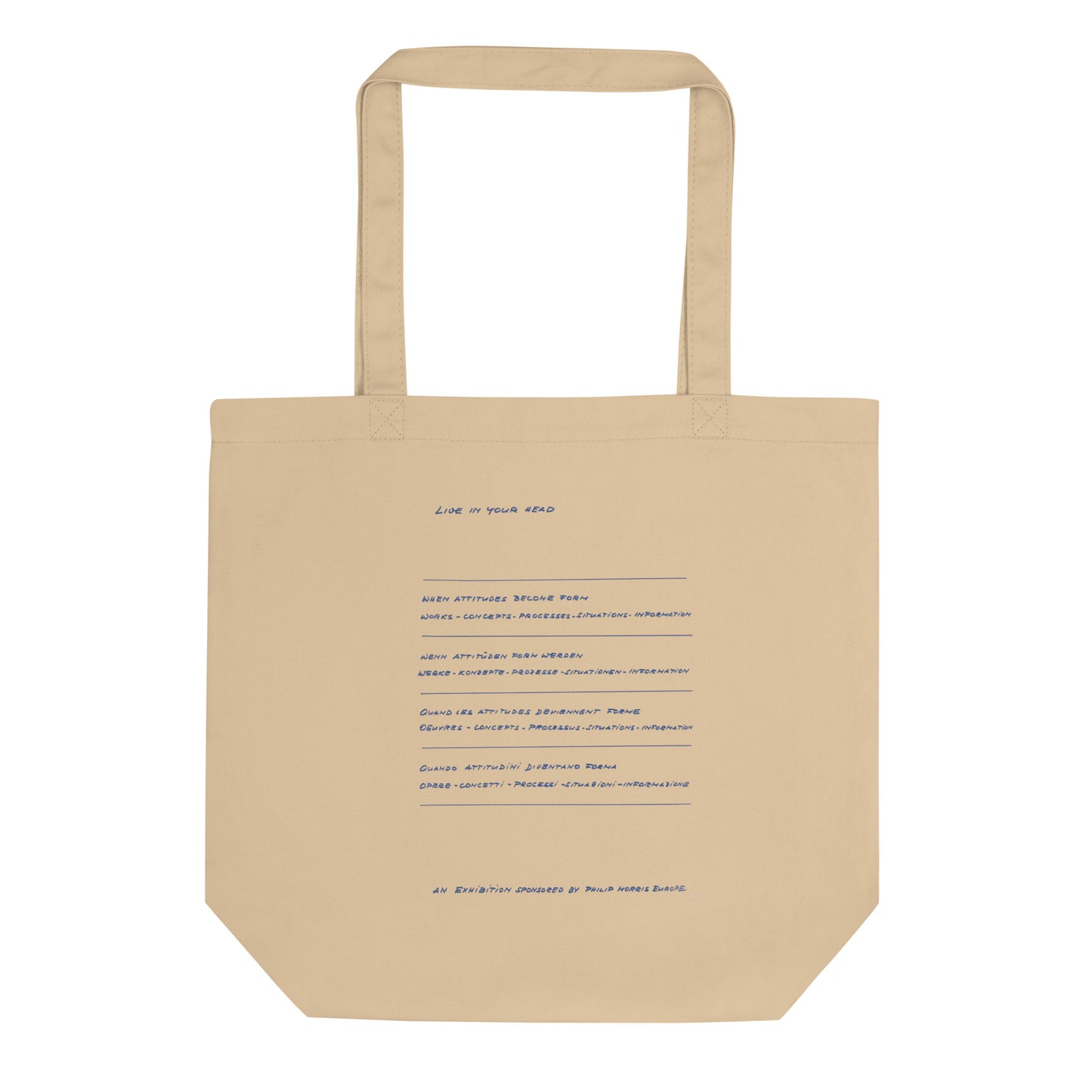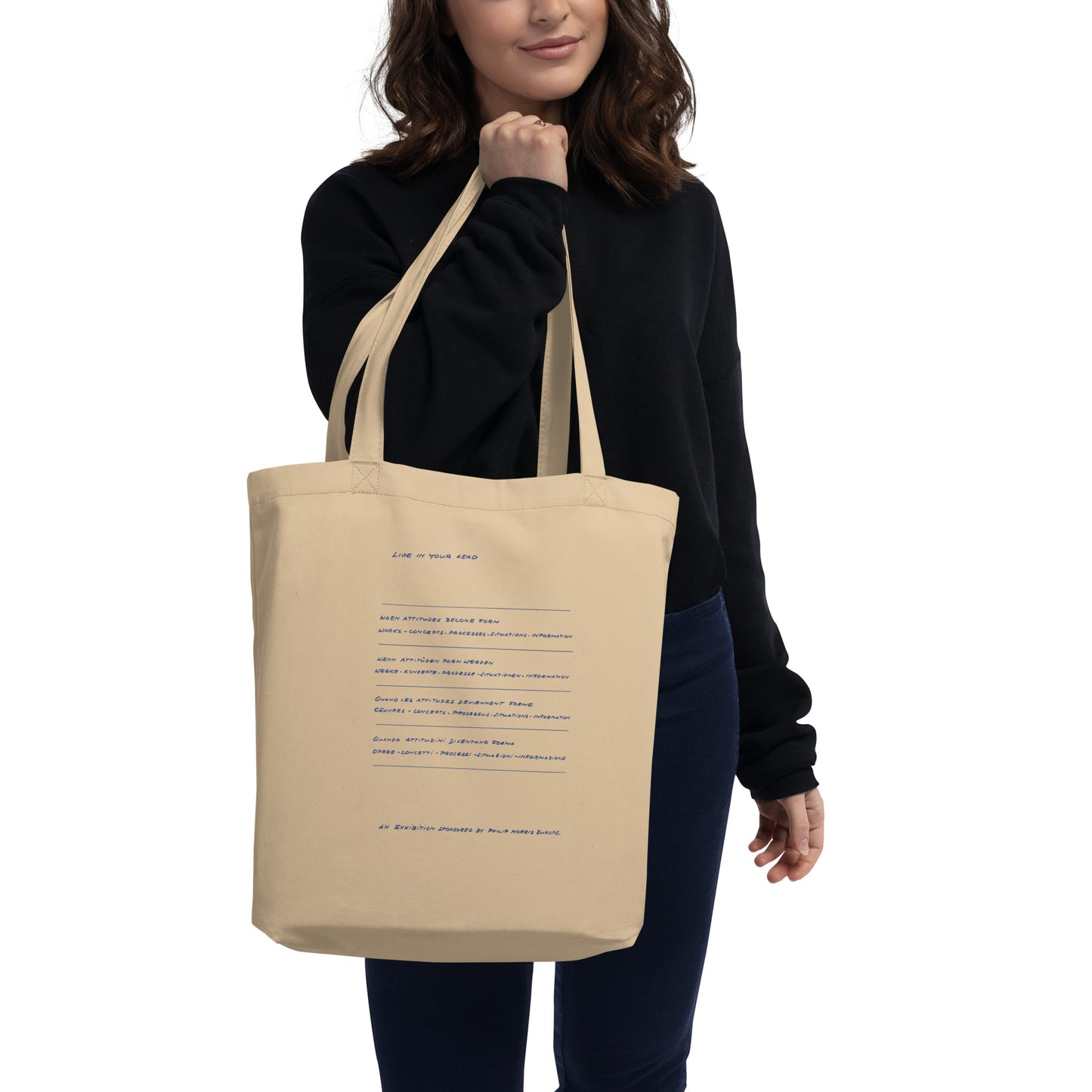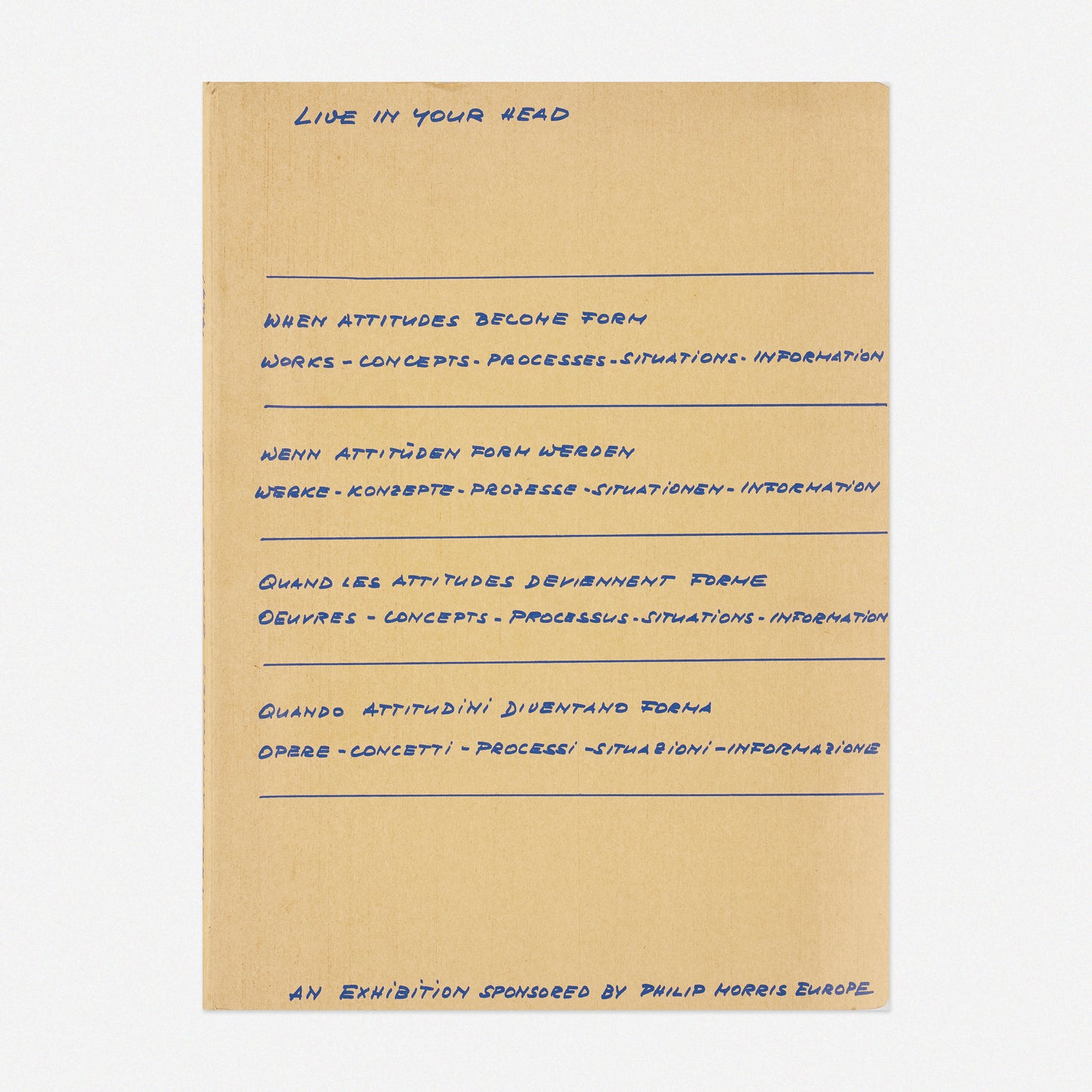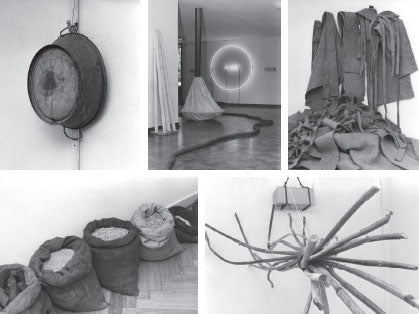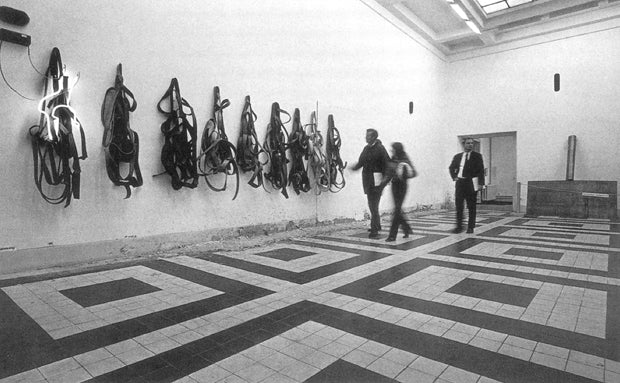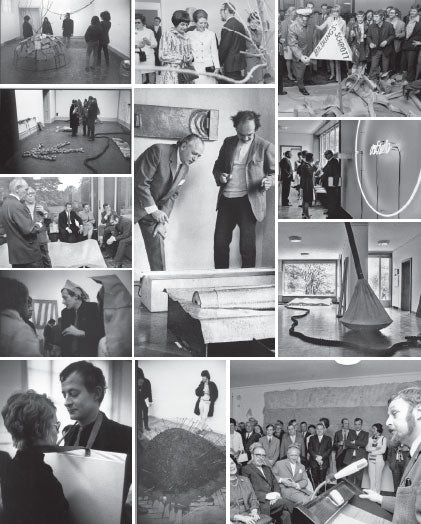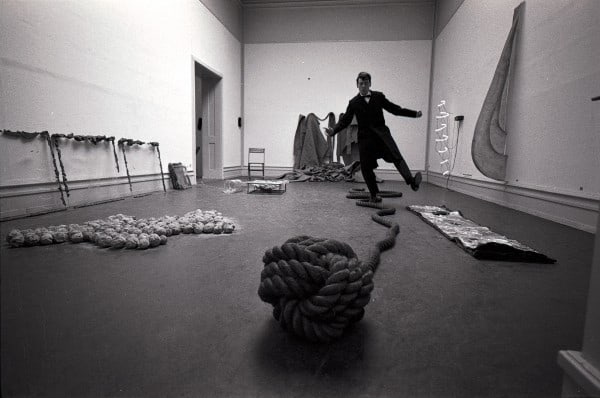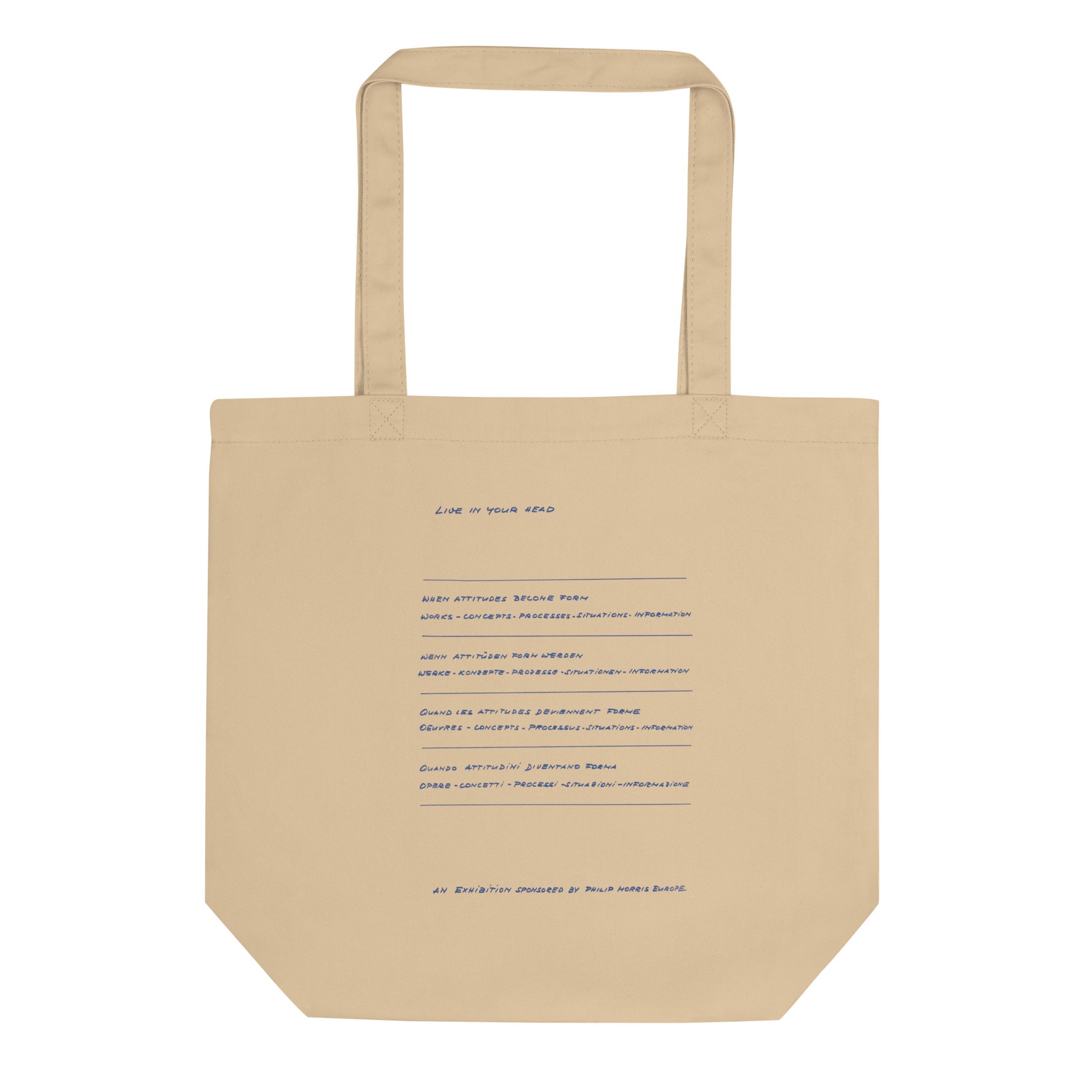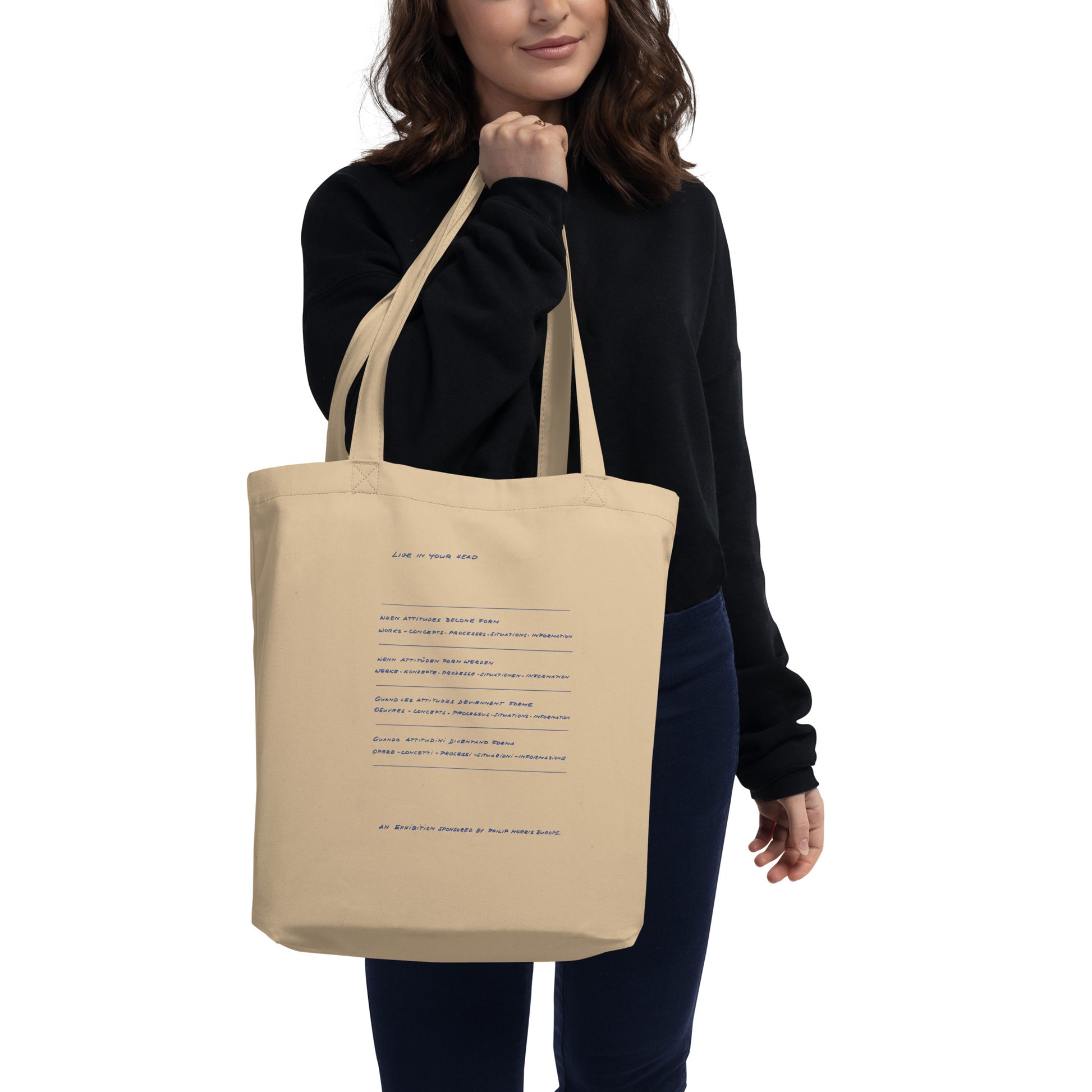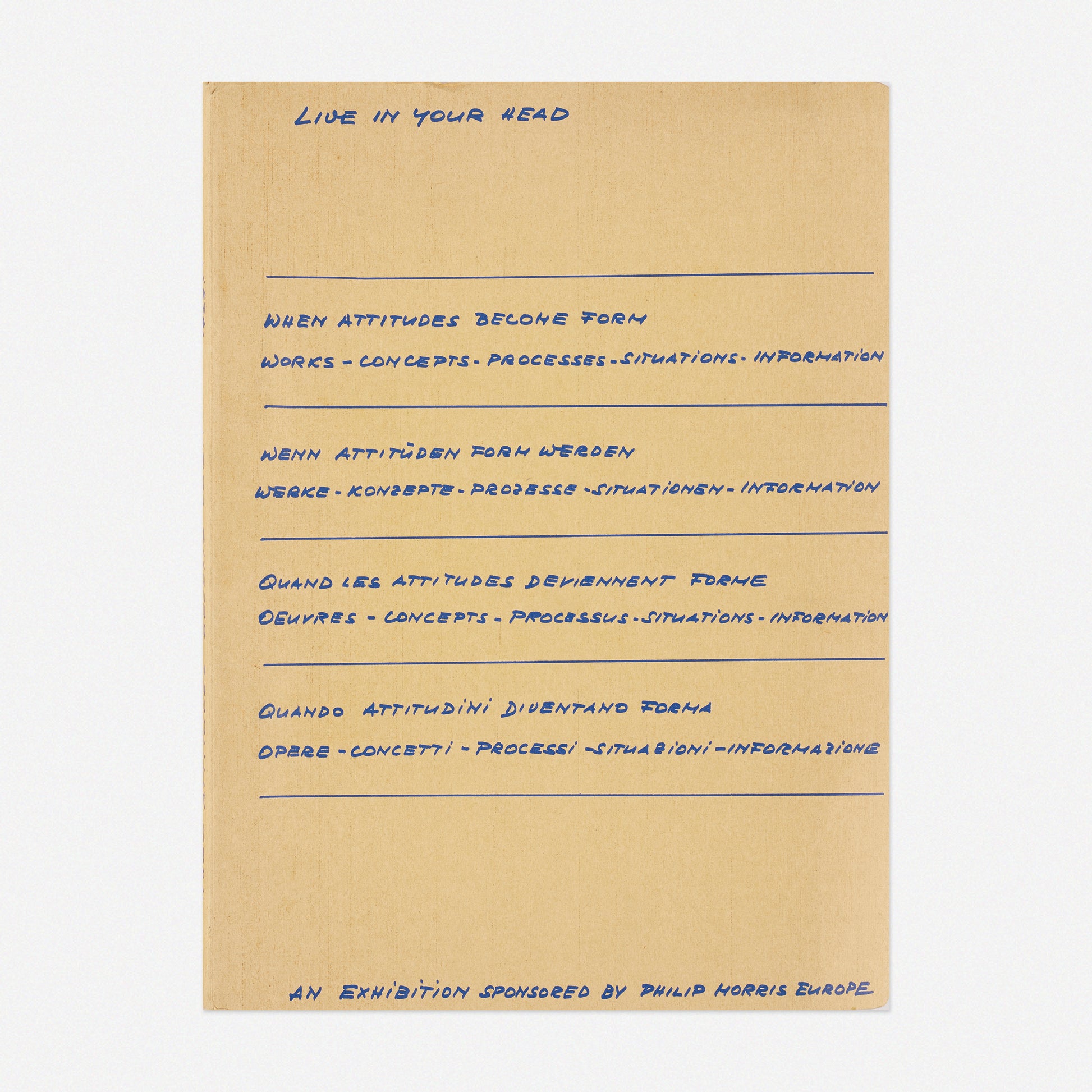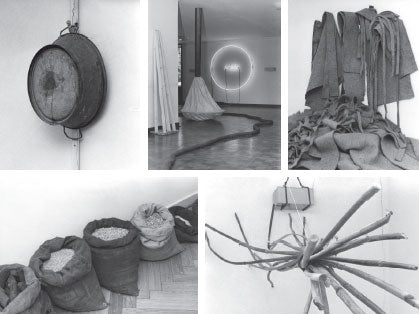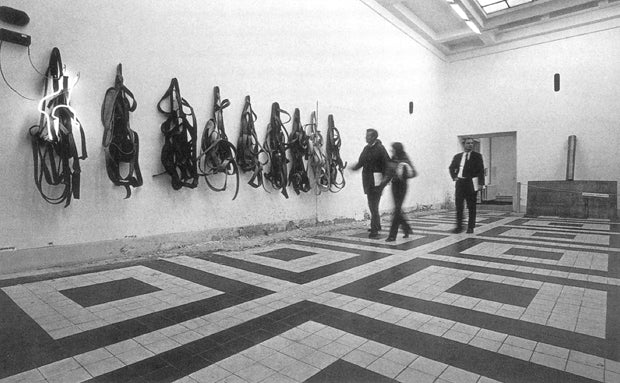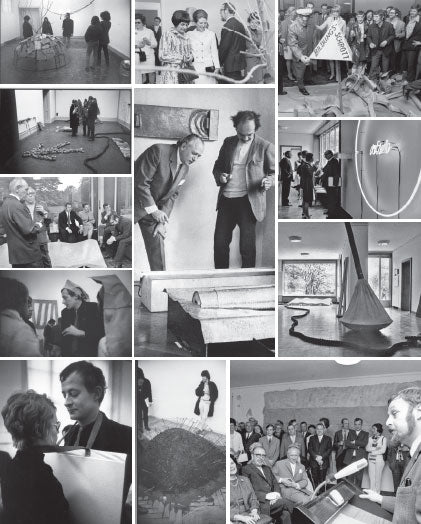Minor Canon
When Attitudes Become Form tote
Couldn't load pickup availability
There are few curators of contemporary art who have been as widely discussed and as generally admired as Harald Szeemann (1933–2005). The tireless director of the Kunsthalle Bern in Switzerland from 1961 to 1969, Szeemann later founded the Agentur für Geistige Gastarbeit, a self- mockingly titled office (or ‘Agency for Intellectual Guest-Work’, which uses the term for migrant labour in German-speaking countries) for independent projects that created a blueprint for subsequent generations of freelance curators and cultural producers everywhere.
The rough coordinates of his life and career are well known: after early experiments as a one-man theatre company and a dissertation on modernist book illustration, he was selected as successor by the outgoing director of the Kunsthalle Bern, Franz Meyer, which made him, at the age of 25, the youngest director of an art institution in Europe at the time. When Attitudes Become Form (Works – Concepts – Processes – Situations – Information), which was programmed to take place from 22 March to 27 April 1969, brought Szeemann international recognition and much publicity, but it also caused him to leave his job at the Kunsthalle Bern, incidentally launching his career as a freelance curator (or ‘exhibition maker’, ‘Ausstellungmacher’ in German; the formulation that he himself preferred).
When Attitudes Become Form marked the end of a decade of extremely fertile innovation and experimentation that had great influence on the visual arts. In short order Pop art and Fluxus, Minimalism and post- Minimalism, Conceptual art, Land art and Arte Povera transformed the discourse on the nature of art and its materials, questioning how and by whom a work of art can be made, where a work of art can exist and even whether it needs to exist as a physical object at all.
Unlike other contemporaneous exhibitions that focused on single tendencies like Arte Povera, minimalism, post-minimalism, or conceptual art, Szeemann’s exhibition tried to resist any one single description or definition, and instead to provide a more encompassing overview of the different artistic tendencies that were emerging after the success of Pop art and Minimal art. When Attitudes Become Form brought together works that might have been discussed under a number of different headings – Minimal art, Conceptual art, Arte Povera, Earth art and so on 10 – and, for the first time, staged an encounter between the work being produced in the US and parallel developments across Western Europe. Notably, the exhibition was ambitiously restaged at Venice's Fondazione Prada in 2013.
This tote bag reproduces the cover of the original 1969 catalogue.
The artists present in the 1969 show ( in alphabetical order): Carl Andre, Giovanni Anselmo, Richard Artschwager, Thomas Bang, Jared Bark, Robert Barry, Alighiero Boetti, Mel Bochner, Marinus Boezem, Bill Bollinger, Michael Buthe, Pier Paolo Calzolari, Paul Cotton, Hanne Darboven, Walter de Maria, Jan Dibbets, Ger van Elk, Rafael Ferrer, Barry Flanagan, Ted Glass, Hans Haacke, Michael Heizer, Eva Hesse, Douglas Huebler, Paolo Icaro, Alain Jacquet, Neil Jenney, Stephen Kaltenbach, Jo Ann Kaplan, Edward Kienholz, Yves Klein, Joseph Kosuth, Jannis Kounellis, Gary B. Kuehn, Sol LeWitt, Bernd Lohaus, Richard Long, Roelof Louw, Bruce McLean, David Medalla, Mario Merz, Robert Morris, Bruce Nauman, Claes Oldenburg, Dennis Oppenheim, Panamarenko, Pino Pascali, Paul Pechter, Michelangelo Pistoletto, Emilio Prini, Markus Raetz, Allen Ruppersberg, Reiner Ruthenbeck, Robert Ryman, Frederick Lane Sandback, Alan Saret, Sarkis, Jean-Frédéric Schnyder, Richard Serra, Robert Smithson, Keith Sonnier, Richard Tuttle, Frank Lincoln Viner, Franz Erhard Walther, William G. Wegman, Lawrence Weiner, William T. Wiley, Gilberto Zorio.
For more information, refer to:
https://www.fondazioneprada.org/project/when-attitudes-become-form/?lang=en
https://www.afterall.org/book/exhibiting-the-new-art-op-losse-schroeven-and-when-attitudes-become-form-1969
• 100% certified organic cotton 3/1 twill
• Fabric weight: 8 oz/yd² (272 g/m²)
• Dimensions: 16″ × 14 ½″ × 5″ (40.6 cm × 35.6 cm × 12.7 cm)
• Weight limit: 30 lbs (13.6 kg)
• 1″ (2.5 cm) wide dual straps, 24.5″ (62.2 cm) length
• Open main compartment
• Blank product components sourced from Vietnam
